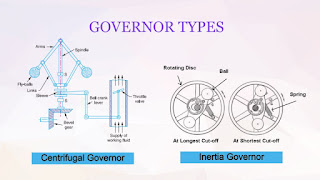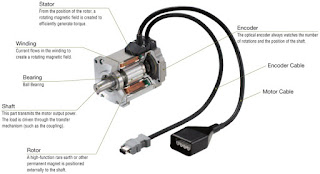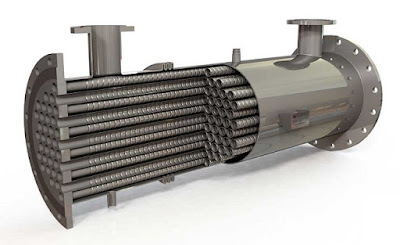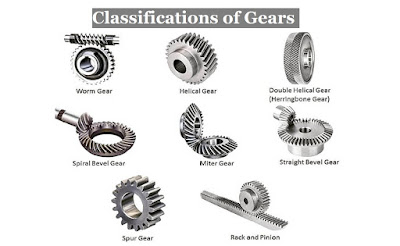Aerodynamics is the study of how gases interact with moving bodies. Because the gas that we encounter most is air, aerodynamics is primarily concerned with the forces of drag and lift, which are caused by air passing over and around solid bodies. Engineers apply the principles of aerodynamics to the designs of many different things, including buildings, bridges and even soccer balls; however, of primary concern is the aerodynamics of aircraft and automobiles.

Aerodynamics comes into play in the study of flight and the science of building and operating an aircraft, which is called aeronautics. Aeronautical engineers use the fundamentals of aerodynamics to design aircraft that fly through the Earth's atmosphere.
Aerodynamic drag
The most significant aerodynamic force that applies to nearly everything that moves through the air is drag. Drag is the force that opposes an aircraft's motion through the air, according to NASA. Drag is generated in the direction the air is moving when it encounters a solid object. In most cases, such as in automobiles and aircraft, drag is undesirable because it takes power to overcome it. There are, however, some cases when drag is beneficial, such as with parachutes, for example.
To describe the amount of drag on an object, we use a value called the drag coefficient (cd). This number depends not only on the shape of the object but also on other factors, such as its speed and surface roughness, the density of the air and whether the flow is laminar (smooth) or turbulent. Forces that affect drag include the air pressure against the face of the object, the friction along the sides of the object and the relatively negative pressure, or suction, on the back of the object. For example, cdfor a flat plate moving face-on through the air is about 1.3, a face-on cube is about 1, a sphere is about 0.5 and a teardrop shape is about 0.05. The drag coefficient for modern automobiles is 0.25 to 0.35, and for aircraft it is 0.01 to 0.03. Calculating cd can be complicated. For this reason, it is usually determined by computer simulations or wind tunnel experiments.
Aerodynamics of aircraft
In order to overcome drag forces, an aircraft must generate thrust. This is accomplished with a motor-driven propeller or a jet engine. When the airplane is in level flight at a constant speed, the force of the thrust is just enough to counteract the aerodynamic drag.
Moving air can also generate forces in a different direction from the flow. The force that keeps an airplane from falling is called lift. Lift is generated by an aircraft wing. The path over a wing's curved top is longer than the path along the flat bottom of the wing. This causes the air to move faster over the top than it does along the bottom. With all other factors being equal, faster moving air has lower pressure than slower moving air, according to Bernoulli's principle, stated by Daniel Bernoulli, one of the most important pioneers in the field of fluid dynamics. This difference is what allows the slower moving air to push up against the bottom of the wing with greater force than the faster moving air is pushing down against the top of the wing. In level flight, this upward force is just enough to counteract the downward force caused by gravity.
Aerodynamic forces are also used to control an aircraft in flight. When the Wright brothers made their first flight in 1903, they needed a way to control their aircraft to climb, descend, bank and turn. They developed what is known as three-axis control for pitch, roll and yaw. Pitch (nose pointing up or down) is controlled by an elevator (the "flaps") on the back or trailing edge of the horizontal stabilizer in the tail section. Roll (tilting left or right) is controlled by ailerons (also flaps) on the trailing edges of the wings near the tips. Yaw (nose pointing left or right) is controlled by the rudder on the trailing edge of the vertical stabilizer in the tail section. These controls employ Newton's Third Law of Motion because they generate force by deflecting the airflow in the opposite direction of the desired movement. This force is also what allows aerobatic planes to fly upside down.
A pilot may also use flaps on the inboard section of the trailing edge of the wing during takeoff and landing. When in the downward position, flaps increase both lift and drag to allow the plane to fly slower without stalling. Some larger aircraft can also extend slats on the front or leading edges of the wings to increase lift at low speeds.
When the smooth airflow over a plane's wing is disrupted and this reduces the amount of lift, a stall can occur. According to the Federal Aviation Administration's Airplane Flying Handbook, "This is caused when the wing exceeds its critical angle of attack. This can occur at any airspeed, in any attitude, with any power setting." Typically, most stalls occur when an aircraft is moving too slowly with the nose at too high of an upward angle. The air no longer flows along the top surface but instead breaks away and forms turbulent swirls on top of the wing. This causes the plane to lose lift and start to fall, sometimes rather abruptly.
Another thing that can happen in an airplane is a spin. The Airplane Flying Handbook defines a spin as "an aggravated stall that results in what is termed 'autorotation' wherein the airplane follows a downward corkscrew path." This usually occurs in a slow turn when the slower inside wing stalls, and the outside wing is still generating lift. "Especially at low altitude, successful spin recovery may be difficult if not impossible in many aircraft," according to Scot Campbell, a doctoral candidate in Aerospace Engineering at the University of Illinois at Urbana-Champaign, and Donald Talleur, an assistant chief flight instructor at the University of Illinois Institute of Aviation, writing in "The Aerodynamics of a Spin," for the Canadian Owners and Pilots Association. One reason for this is the danger of going into a flat spin in which both wings and all of the control surfaces are stalled, and the aircraft falls like a maple tree seed.

When a fluid is moving faster, it has lower pressure. This principle explains the lift created by an airplane’s wing.

















Comments
Post a Comment